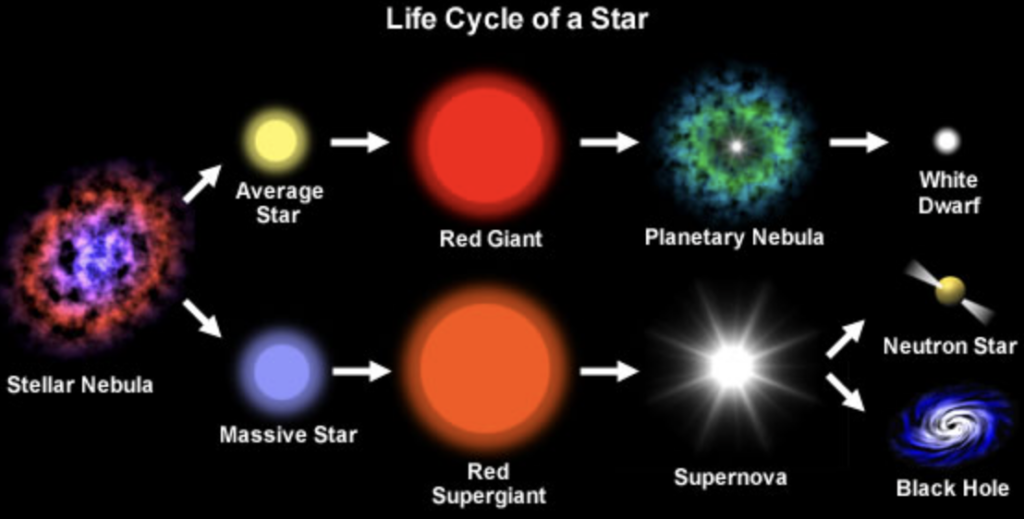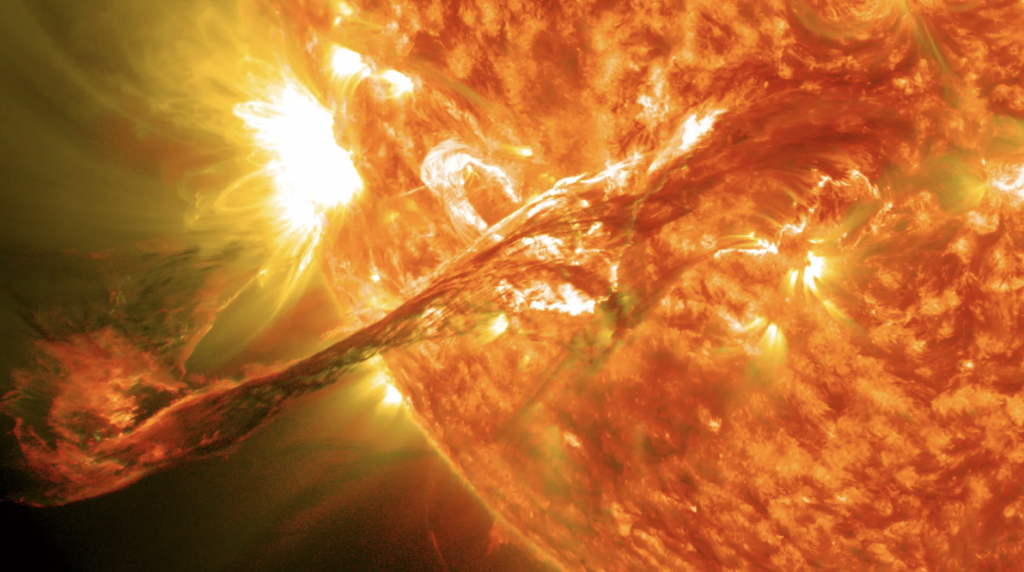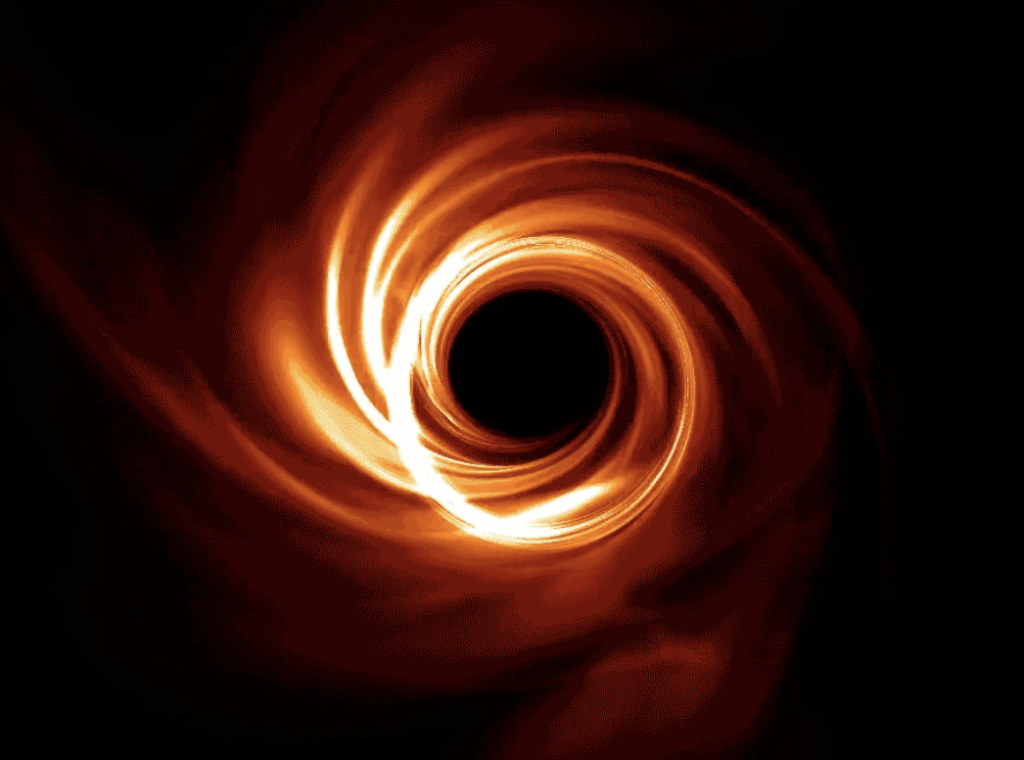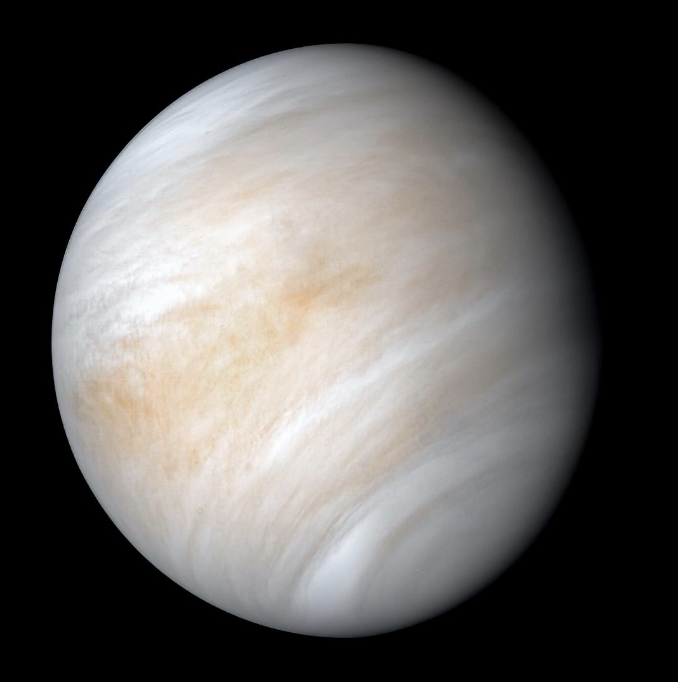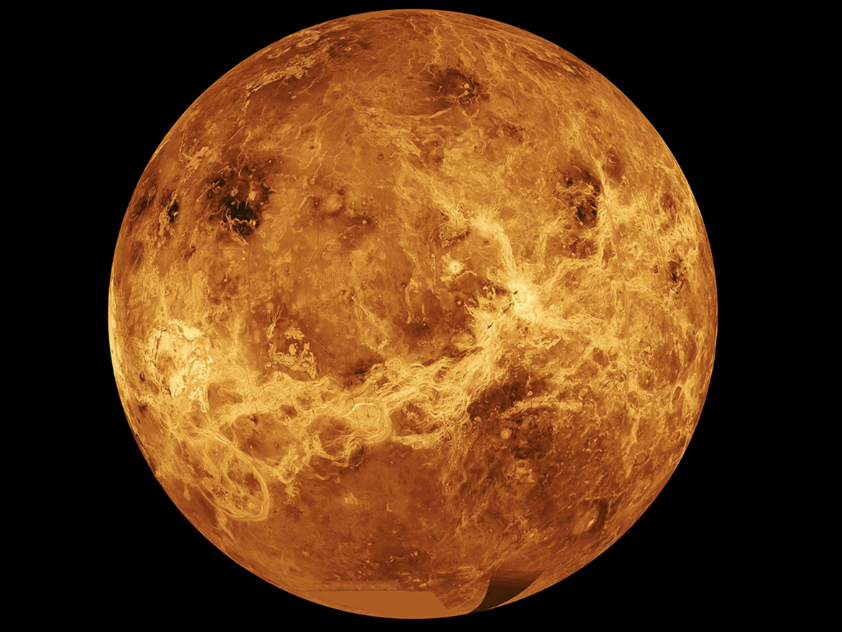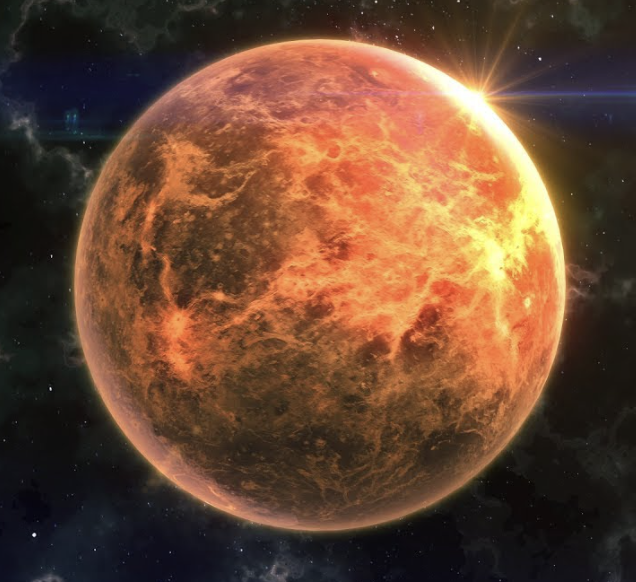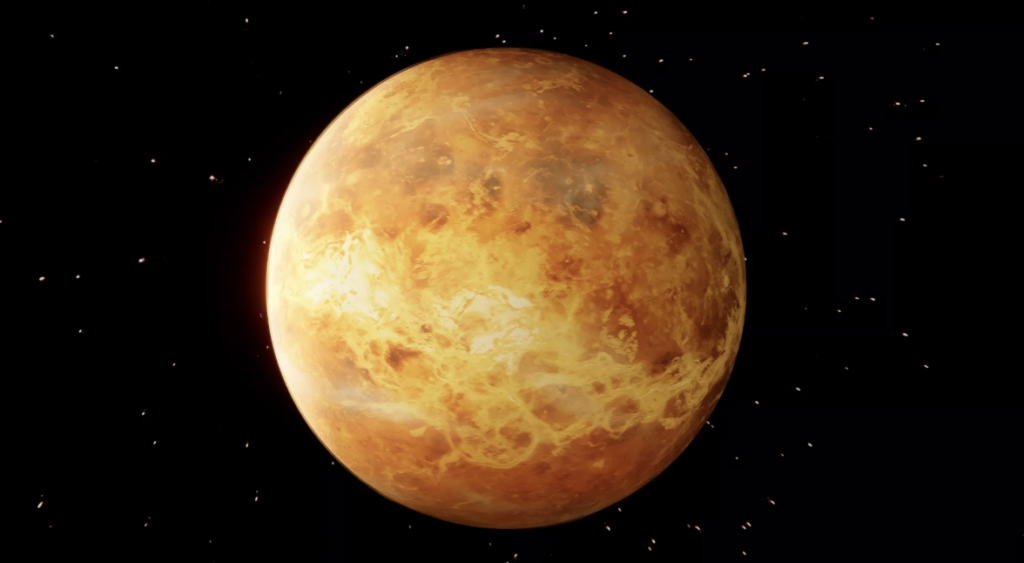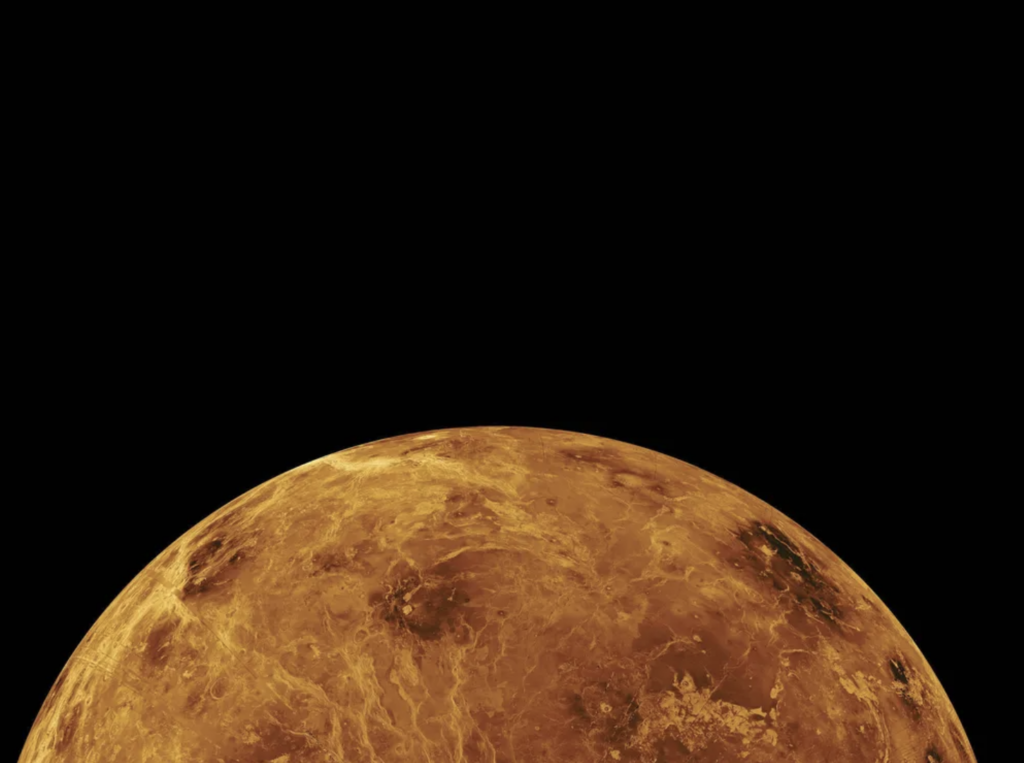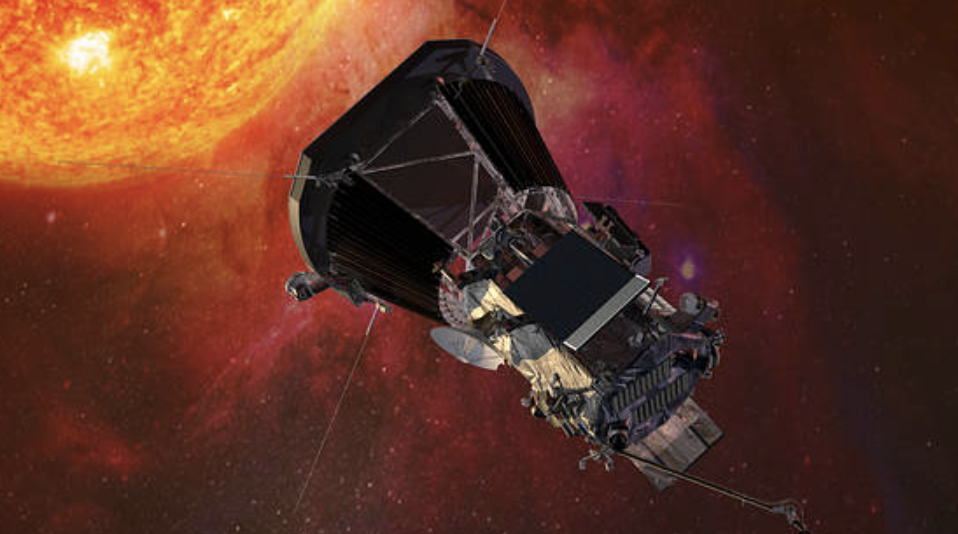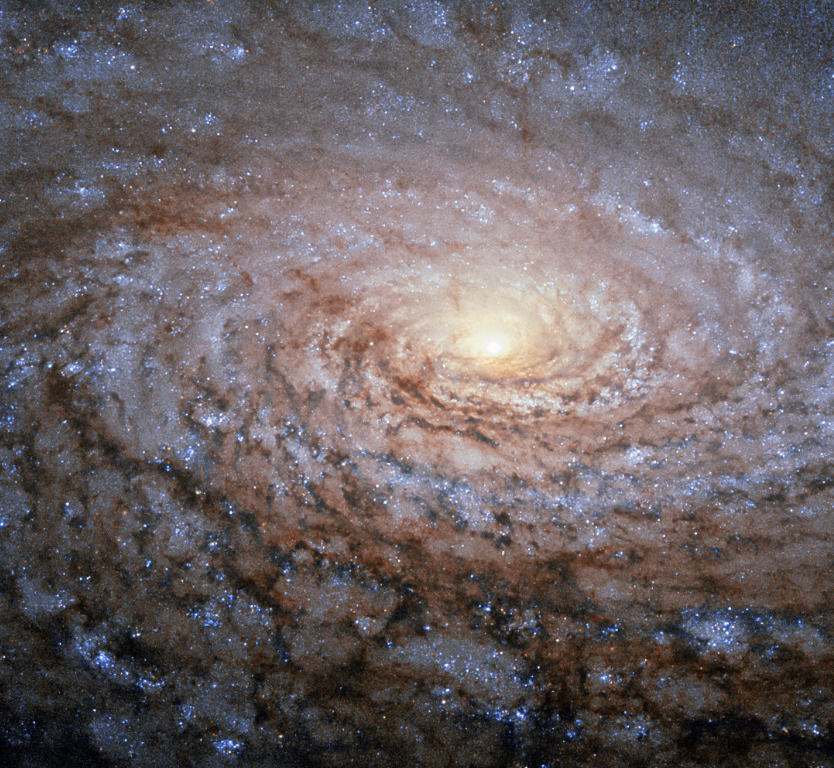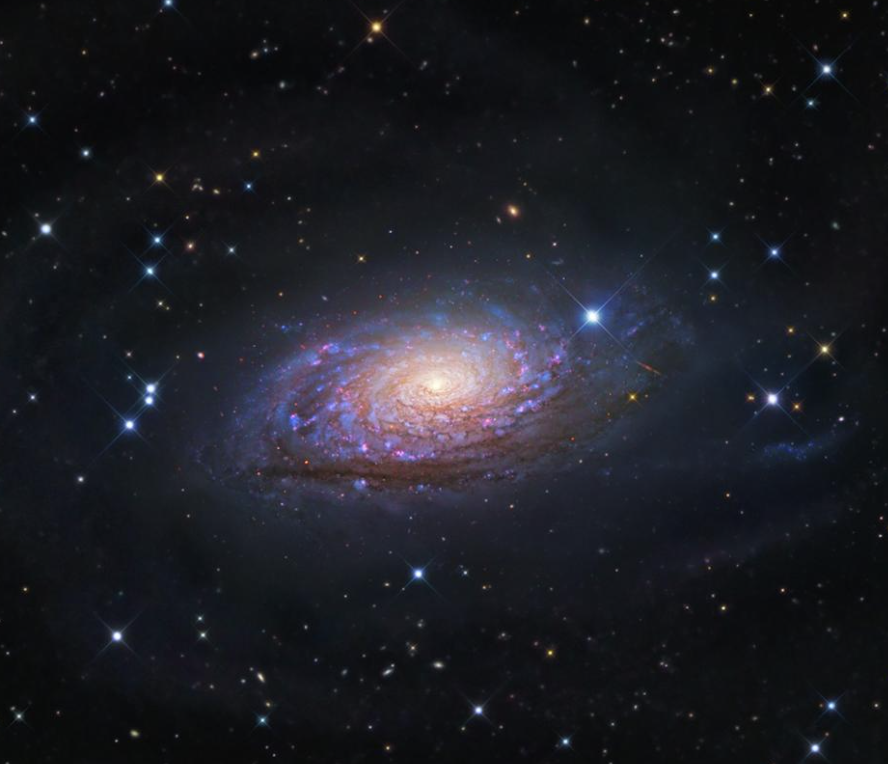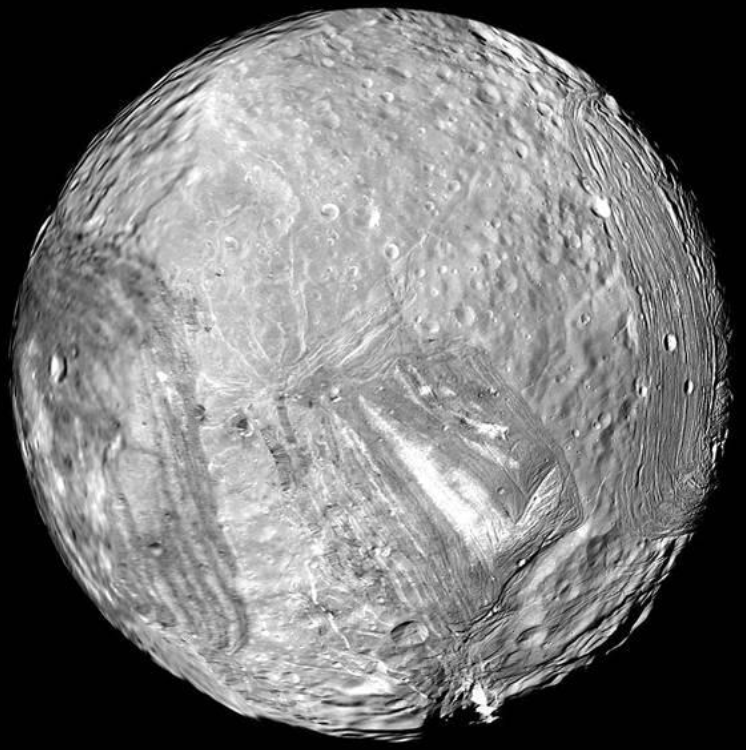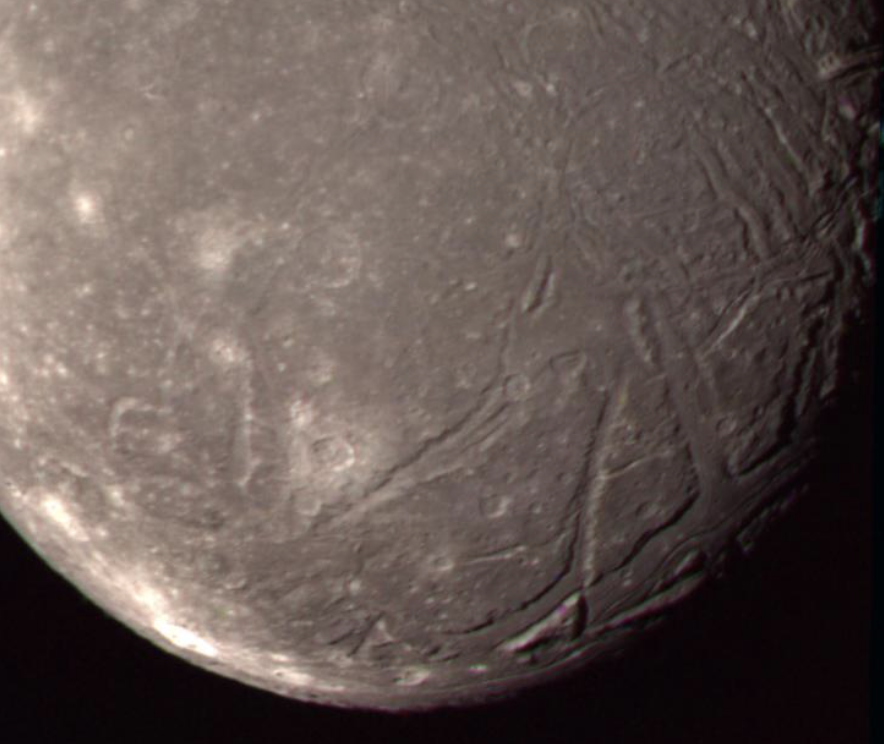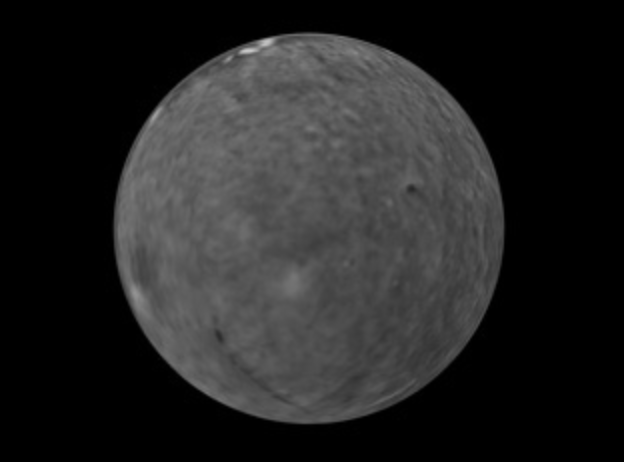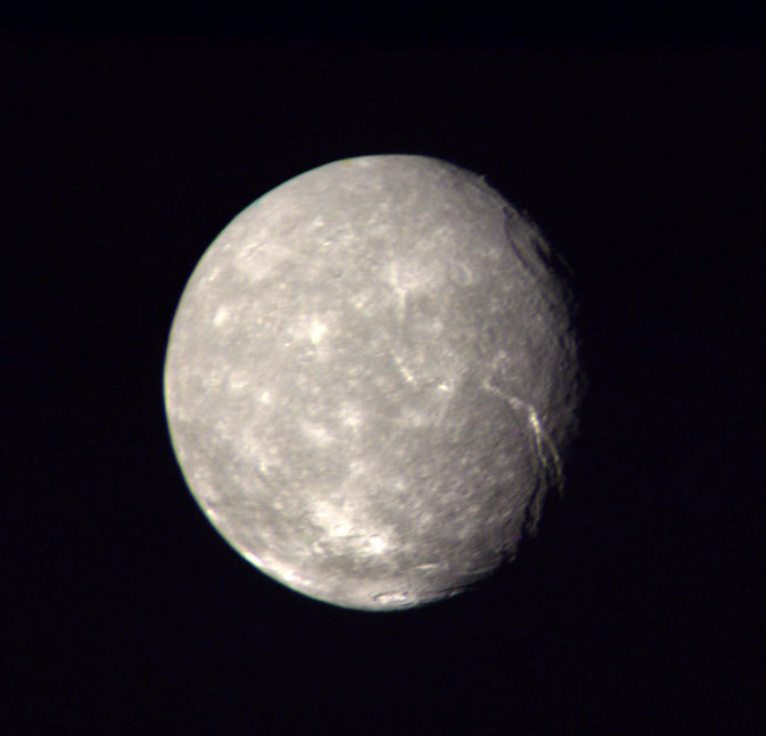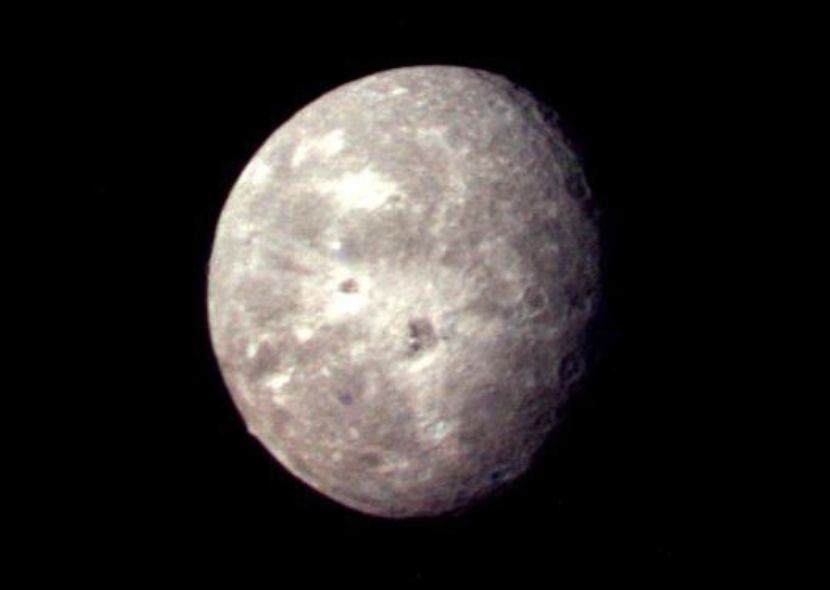Sun Moon and Rising Sign Explained: Understanding Astrology’s Big Three
Most people know their Sun sign, the one tied to their birthday, but that’s just the beginning of the astrological story. In astrology, three major influences shape your personality, emotions, and perspective on life: your Sun, Moon, and Rising (or Ascendant) signs.
These are known as the Big Three, and together they form the foundation of your astrological profile. Understanding them provides a more complete picture of who you are, not just how you appear on the surface, but how you feel and what you’re meant to become.
This guide explores the meaning of each of these signs, how they work together, and how they shape your sense of self and purpose. It’s a long-form beginner’s introduction to the Sun, Moon, and Rising signs, clear, practical, and deeply illuminating.
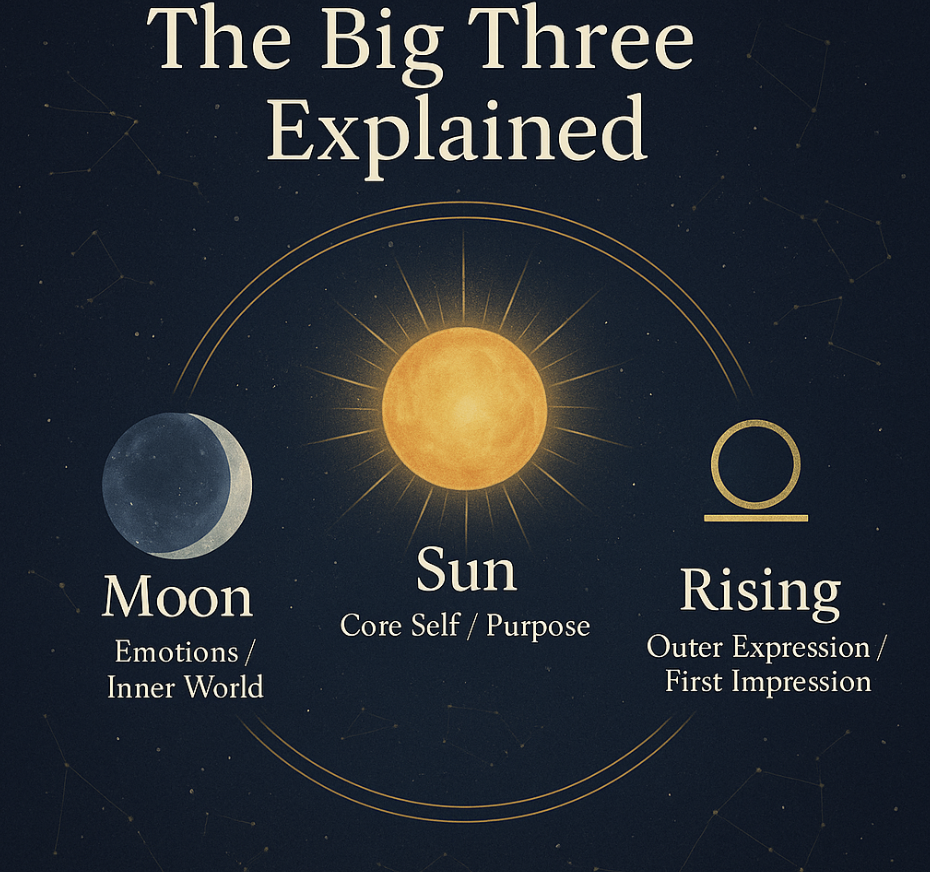
What Are the Big Three Signs?
Your birth chart is a snapshot of the sky at the moment you were born. It shows where every planet and celestial point was positioned within the zodiac. Out of all these placements, the Sun, Moon, and Rising are the most personal and revealing.
- The Sun sign reflects your essence — your core identity, vitality, and life purpose.
- The Moon sign reveals your inner world — your emotions, instincts, and comfort zones.
- The Rising sign shows your outward style — how you express yourself and approach new experiences.
You can think of these as three dimensions of the self:
- The Sun represents your core — the steady light that drives your growth.
- The Moon represents your emotional self — what you need to feel fulfilled and safe.
- The Rising represents your outer expression — how you interact with the world and how others perceive you.
Together, they form a multidimensional portrait of you. Understanding them is the key to understanding why you may feel one way internally, act another way outwardly, and be seen by others in yet another light.
The Sun Sign: Your Core Essence and Life Purpose
The Sun is the center of our solar system, and in your birth chart, it represents the center of you. It symbolizes your vitality, identity, and creative drive. Your Sun sign describes your willpower, your personal development, and the qualities you’re meant to cultivate in this lifetime.
What Your Sun Sign Represents
Your Sun sign expresses your conscious identity and life direction. It’s the part of you that says, “This is who I am.”
You may not fully feel like your Sun sign when you’re young; its qualities often emerge more clearly as you mature and gain confidence in yourself. The Sun describes the traits you’re here to develop and express — your evolving sense of purpose.
The Sun by Element
Each zodiac sign belongs to one of four elements, fire, earth, air, or water. The element of your Sun sign shows how your energy naturally flows.
- Fire signs (Aries, Leo, Sagittarius): Driven by passion, inspiration, and purpose. Fire signs thrive when they’re creating or leading.
- Earth signs (Taurus, Virgo, Capricorn): Practical, grounded, and dependable. They build, sustain, and bring ideas into form.
- Air signs (Gemini, Libra, Aquarius): Intellectual, communicative, and curious. They live through ideas, dialogue, and connection.
- Water signs (Cancer, Scorpio, Pisces): Emotional, intuitive, and empathetic. They experience life through feelings, imagination, and connection.
Understanding your Sun’s element helps you see what keeps you motivated and alive. A Leo Sun radiates creativity and charisma, while a Capricorn Sun expresses discipline and ambition.
The Sun’s Modes: How You Move Through Life
Each sign also belongs to one of three “modes” that describe how its energy operates.
- Cardinal signs (Aries, Cancer, Libra, Capricorn): Initiators who begin projects and bring new ideas to life.
- Fixed signs (Taurus, Leo, Scorpio, Aquarius): Steady and determined. They bring consistency, persistence, and depth.
- Mutable signs (Gemini, Virgo, Sagittarius, Pisces): Adaptable and flexible. They adjust to change and bring fluidity to life.
When you combine element and mode, your Sun’s nature becomes clear. A Leo Sun (Fixed Fire) is consistent and expressive. A Virgo Sun (Mutable Earth) refines and improves continuously.
Living Your Sun Sign
Your Sun represents your life force and purpose. When you live in alignment with your Sun, you feel energized and authentic. When you deny it, you might feel uninspired or uncertain.
Examples include:
- A Capricorn Sun thrives through structure, goals, and achievement.
- A Gemini Sun comes alive through curiosity and communication.
- A Leo Sun shines through creativity and leadership.
The Sun isn’t about ego; it’s about self-expression. It’s your inner light, and your purpose in life is to let it shine fully.
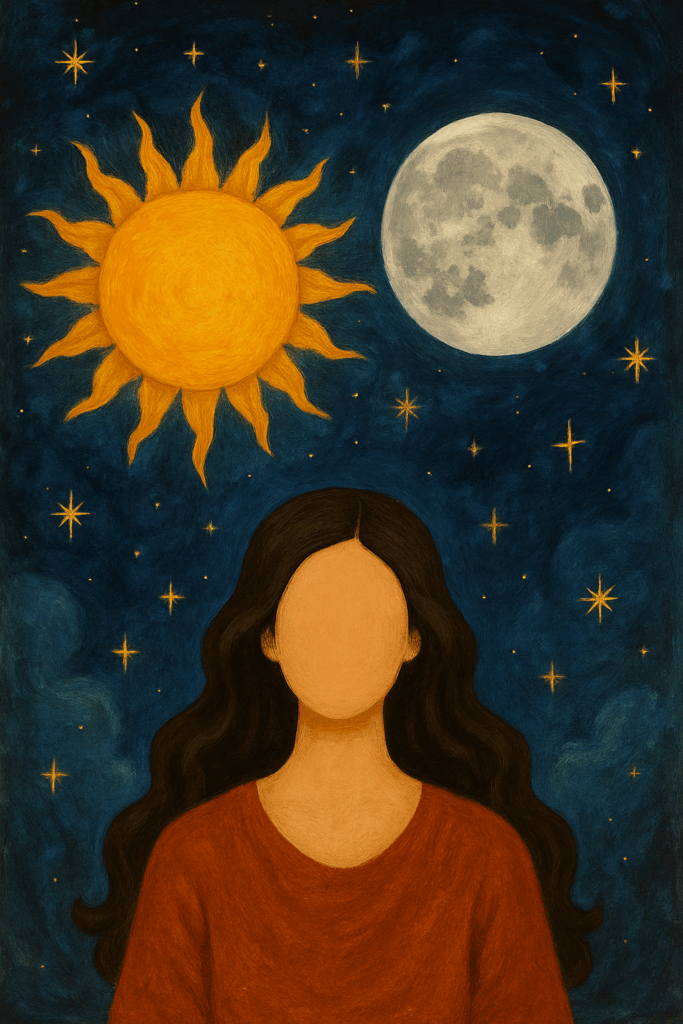
The Moon Sign: Your Inner World and Emotional Nature
If the Sun is your outer identity, the Moon is your private inner world. It governs emotions, instincts, and what makes you feel safe and whole. The Moon changes signs every two and a half days, which makes it a deeply personal and specific influence in your chart.
What the Moon Sign Reveals
Your Moon sign describes how you process feelings and seek comfort. It reflects your emotional rhythm — what calms you, what excites you, and what throws you off balance.
It’s the part of you that others might not see at first. While your Sun shows who you’re becoming, your Moon shows who you already are on an instinctive level.
Examples:
- A Taurus Moon craves security, consistency, and sensual comfort.
- A Gemini Moon finds safety in conversation and mental stimulation.
- A Scorpio Moon feels deeply and requires trust and loyalty.
Your Moon sign also shapes your habits, moods, and emotional attachments.
The Moon and Childhood Patterns
Astrologically, the Moon represents early nurturing and emotional conditioning. It reveals how you were cared for — and how you now care for yourself and others.
If your emotional needs were supported in childhood, you likely express your Moon sign naturally. If not, you might repress or overcompensate for its traits.
Recognizing your Moon’s needs helps you reparent yourself, giving the inner self the care it always wanted.
The Moon by Element
Each element experiences emotions differently.
- Fire Moons (Aries, Leo, Sagittarius): Passionate and quick to feel. They process emotions through action and self-expression.
- Earth Moons (Taurus, Virgo, Capricorn): Grounded and pragmatic. They value tangible comfort and stability.
- Air Moons (Gemini, Libra, Aquarius): Rational and detached. They need perspective and conversation to understand feelings.
- Water Moons (Cancer, Scorpio, Pisces): Deeply emotional and empathetic. They absorb and reflect the energy around them.
Knowing your Moon’s element helps you honor your feelings in ways that suit your nature rather than working against it.
Living with Emotional Awareness
Your Moon teaches emotional wisdom. When you listen to your feelings instead of dismissing them, you gain insight into what truly matters to you.
Caring for your Moon isn’t selfish — it’s how you maintain emotional balance. A well-nourished Moon allows your Sun to shine more brightly.
The Rising Sign: Your Outer Expression and Life Approach
Your Rising sign, or Ascendant, is the zodiac sign that was rising on the eastern horizon at the moment of your birth. It changes every two hours, which is why your exact birth time is essential to calculate it correctly.
The Rising sign represents your outward behavior and the first impression you give others. It also sets the structure of your entire birth chart, determining where each planet falls in relation to you.
What the Rising Sign Represents
Your Rising sign describes your approach to life and how you handle new beginnings. It influences how others perceive you and how you interact with your surroundings.
You can think of it as the “interface” between your inner and outer worlds.
Examples:
- Aries Rising: Bold, direct, and pioneering. You lead with confidence.
- Taurus Rising: Calm, steady, and patient. You move through life with grace.
- Gemini Rising: Curious, sociable, and expressive. You gather and share information easily.
- Cancer Rising: Nurturing, sensitive, and empathetic. You protect and care deeply.
- Leo Rising: Charismatic, optimistic, and creative. You draw others in naturally.
- Virgo Rising: Thoughtful, precise, and attentive. You notice what others miss.
- Libra Rising: Charming, diplomatic, and balanced. You create harmony effortlessly.
- Scorpio Rising: Mysterious, magnetic, and intense. You see through surface appearances.
- Sagittarius Rising: Adventurous, open, and philosophical. You approach life with optimism.
- Capricorn Rising: Responsible, ambitious, and composed. You’re grounded and goal-oriented.
- Aquarius Rising: Independent, inventive, and forward-thinking. You challenge convention.
- Pisces Rising: Imaginative, gentle, and intuitive. You sense others’ moods instinctively.
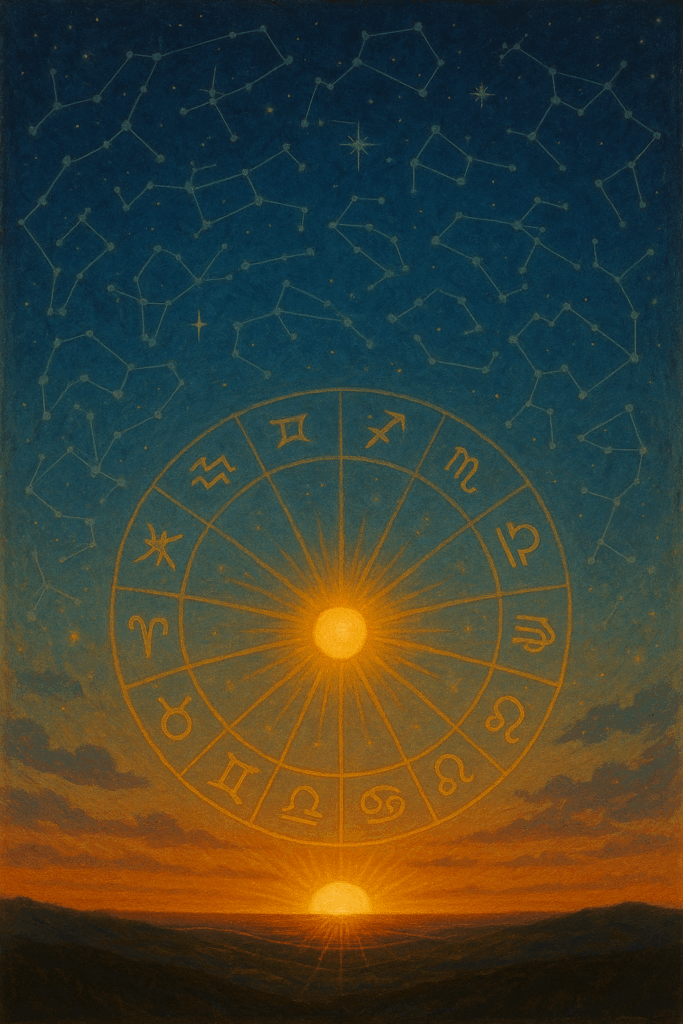
The Chart Ruler
Each Rising sign has a planetary ruler that adds another layer to your personality. This planet, known as the chart ruler, describes where your life energy is most focused.
For instance:
- Aries Rising → ruled by Mars
- Taurus and Libra Rising → ruled by Venus
- Gemini and Virgo Rising → ruled by Mercury
- Cancer Rising → ruled by the Moon
- Leo Rising → ruled by the Sun
- Scorpio Rising → ruled by Pluto
- Sagittarius Rising → ruled by Jupiter
- Capricorn Rising → ruled by Saturn
- Aquarius Rising → ruled by Uranus
- Pisces Rising → ruled by Neptune
The sign and house of your chart ruler show where you’re drawn to express your Rising sign qualities most strongly.
How the Rising Sign Shapes Experience
Your Rising sign governs first impressions and how you begin things. It’s how you meet life’s opportunities and challenges.
Sometimes others see you more through your Rising sign than your Sun or Moon because it’s the energy you naturally project. Understanding it can help you align your outer image with your inner truth.
How the Sun, Moon, and Rising Work Together
The Sun, Moon, and Rising signs form a triad — three essential parts of your astrological identity. Each one contributes something unique to the whole picture.
- The Sun represents your life purpose and direction.
- The Moon represents your emotions and inner needs.
- The Rising represents your approach and self-expression.
When these three work together, you feel balanced and authentic. When they clash, you might feel pulled between different sides of yourself — but that tension can lead to growth and self-awareness.
Examples of Big Three Combinations
- Leo Sun, Taurus Moon, Libra Rising
Warm, charming, and reliable. You exude confidence and creativity but value peace and stability above all. - Virgo Sun, Aquarius Moon, Gemini Rising
Intelligent and adaptable. You think quickly, solve problems efficiently, and balance logic with originality. - Scorpio Sun, Cancer Moon, Pisces Rising
Deeply intuitive and compassionate. You sense others’ emotions effortlessly and bring healing energy to those around you. - Aries Sun, Capricorn Moon, Virgo Rising
Ambitious and focused. You combine drive with discipline, channeling passion into practical achievement.
These combinations illustrate why two people with the same Sun sign can be so different — the Moon and Rising create depth, color, and nuance.
Integrating Your Big Three
The goal of astrology isn’t to categorize but to understand. Your Big Three work best when they’re in harmony — when your outer life (Rising), inner world (Moon), and purpose (Sun) support each other.
Living Your Sun
Follow the call of your Sun sign. It’s your creative power and the energy that fuels your purpose. Doing what aligns with your Sun keeps you vibrant and inspired.
Honoring Your Moon
Your Moon is your emotional compass. Pay attention to what soothes or drains you, and nurture yourself accordingly. Your emotional stability is the foundation for your growth.
Embracing Your Rising
Your Rising sign is how you walk through life. It represents your style, attitude, and approach. Living it consciously allows your Sun and Moon to shine through more authentically.
The Sun Moon and Rising Sign in Life Purpose
Each of your Big Three contributes to your life’s meaning and direction.
- The Sun shows your central mission — what you’re here to express and embody.
- The Moon shows your emotional foundation — what you need to feel fulfilled.
- The Rising shows your life approach — how you begin, evolve, and relate to the world.
When your actions align with your emotions and purpose, you live from your center — a state of authenticity and flow.
Seeing Yourself in Full Light
Astrology helps you understand the many layers of your personality. By exploring your Sun, Moon, and Rising sign, you begin to see yourself clearly, both your strengths and your complexities.
You are the warmth of your Sun, the depth of your Moon, and the perspective of your Rising. Together, they form the blueprint of your unique expression.
When you know your Big Three, you don’t just read your horoscope, you understand your story.

